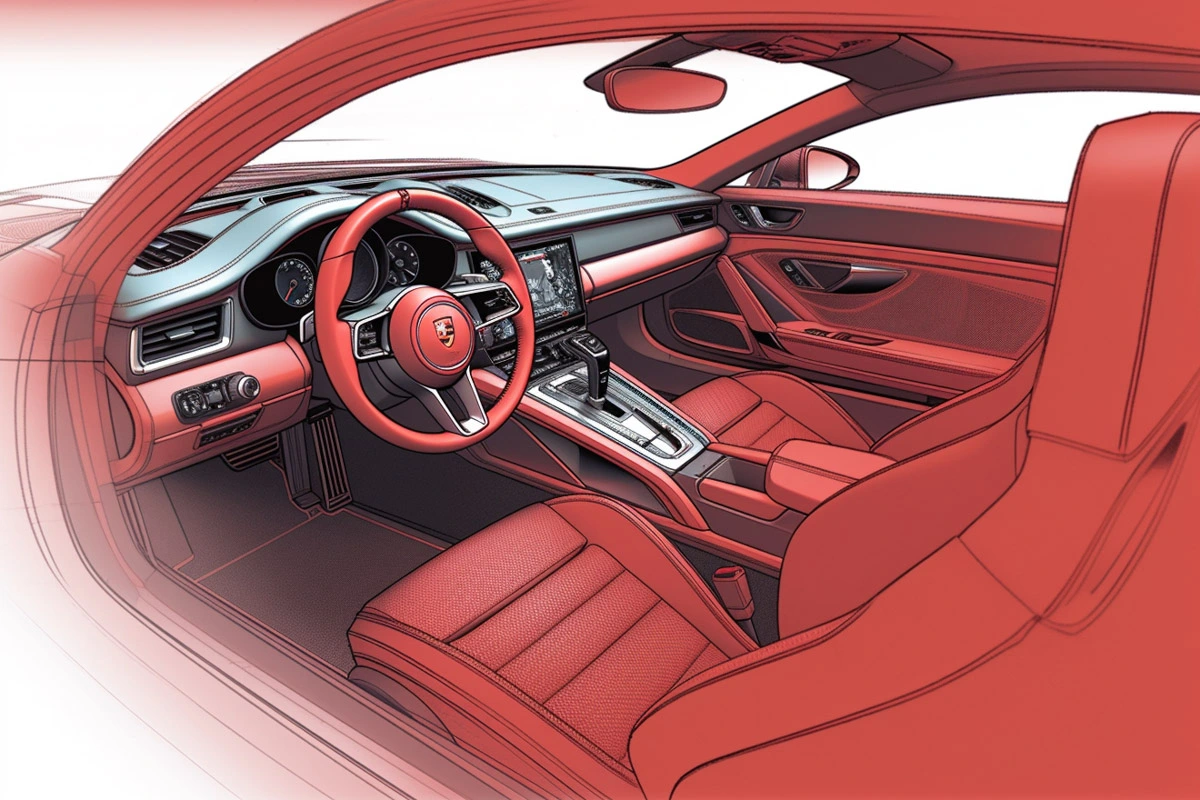In the world of motorsports, racecourses play the role of stadiums in baseball and football, each with its own legendary history informed by the feats of drivers who raced at them before as well as by the unique terrain and features encountered at each course. Here is a look at some of the most legendary racecourses in the world of motorsports:
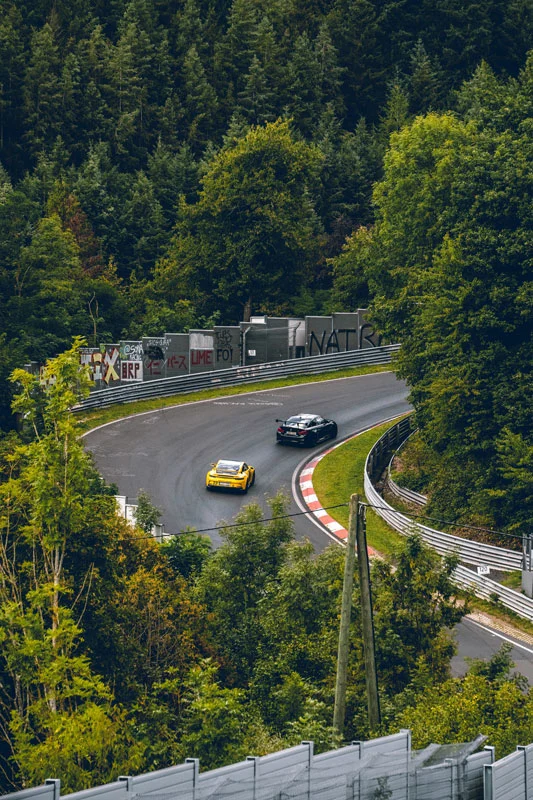
Nürburgring Nordschleife (Germany)
The Nürburgring Nordschleife, known as “The Green Hell,” is a motorsport racing track located in Nürburg, Germany, and is famed for being one of the most challenging and dangerous circuits in the world. Spanning over 20 kilometers with more than 150 turns winding through the Eifel Forest, it offers a daunting test for both driver skill and vehicle performance. Originally opened in 1927, this legendary track has hosted countless races, including the German Grand Prix, and has become a benchmark for automotive testing and development. Although “Green Hell” could be considered something of an affectionate nickname now, it derives from the track’s dangerous reputation, and in 1970 F1 drivers even opted to boycott racing there until alterations to the course were made. Indeed in 1976 the reigning Formula One world champion Niki Lauda attempted to organize a boycott of Nordschleife, citing its lack of fire and medical personnel and the likelihood of rain on the day of the race. Lauda was outvoted by one and the race went ahead, and Lauda crashed during the race leaving him gravely injured. This event was dramatized in the 2013 film Rush. Its complex layout and natural beauty make it a pilgrimage site for motorsport enthusiasts and manufacturers alike, who come to test their mettle against its demanding twists and elevation changes. The Nordschleife’s reputation for difficulty and risk adds to its allure, cementing its status as a timeless icon in the world of racing.
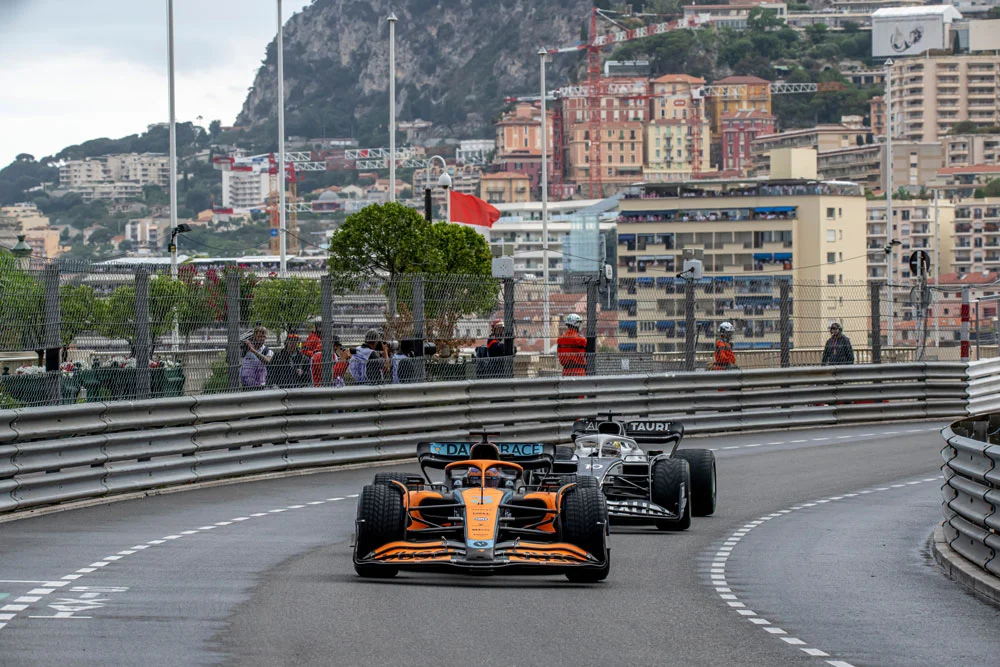
Circuit de Monaco (Monaco)
The Circuit de Monaco is an iconic street circuit that carves through the heart of Monaco, encapsulating the essence of glamor and prestige in motorsport. Known for hosting the Monaco Grand Prix, it is one of the most challenging and revered tracks in Formula One. With narrow roads, tight corners, and minimal overtaking opportunities, it demands precision and skill from the drivers, making every lap a high-stakes endeavor. The circuit runs past famous landmarks, including the Monte Carlo Casino and through the tunnel, adding to its allure. Winning at Monaco is considered a jewel in a driver’s career, epitomizing a blend of technical prowess and sheer bravery. Although the circuit has been adjusted many times over the years, the current lap record holder for the Grand Prix Circuit as it has existed since 2015 is Lewis Hamilton, a racer from the UK who set the record of 1:12.909 in 2021. The combination of its rich history, the technical difficulty of the track, and the luxurious backdrop make the Monaco Grand Prix a highlight of the racing season, embodying the pinnacle of motorsport elegance and excitement.
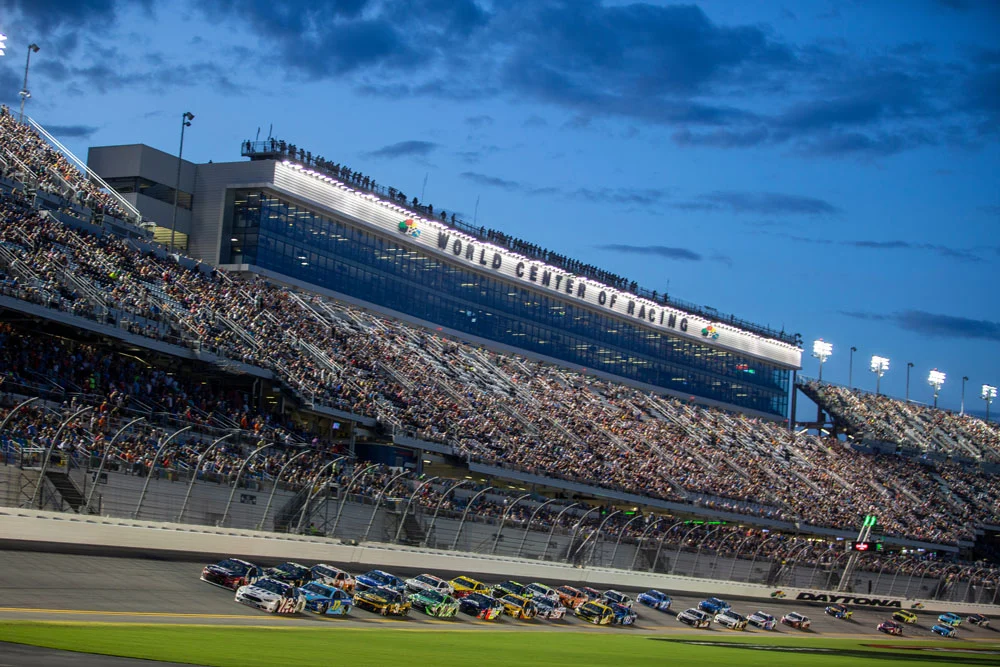
Daytona International Speedway (USA)
Daytona International Speedway, located in Daytona Beach, Florida, is a temple of speed and innovation in the world of motorsports. Since its opening in 1959, it has set the stage for some of the most dramatic moments in racing history, notably hosting the Daytona 500, NASCAR’s most prestigious race. With its high banking and wide tri-oval shape, the Speedway offers unique challenges and enables incredibly high speeds, making it a favorite among drivers and fans alike. The raceway also features a NASCAR road course and a sports car course, but the tri-val has been raced since 1959 and the race lap record was set in 2013 by Colin Braun with a time of 40.364 seconds. The track’s design encourages close racing, leading to thrilling finishes and unforgettable battles. Beyond NASCAR, Daytona also plays host to a variety of other racing formats, including sports cars and motorcycles, showcasing its versatility and enduring appeal. The Daytona International Speedway is not just a racetrack; it’s a cornerstone of American motorsport culture, embodying the spirit of competition and the pursuit of excellence.
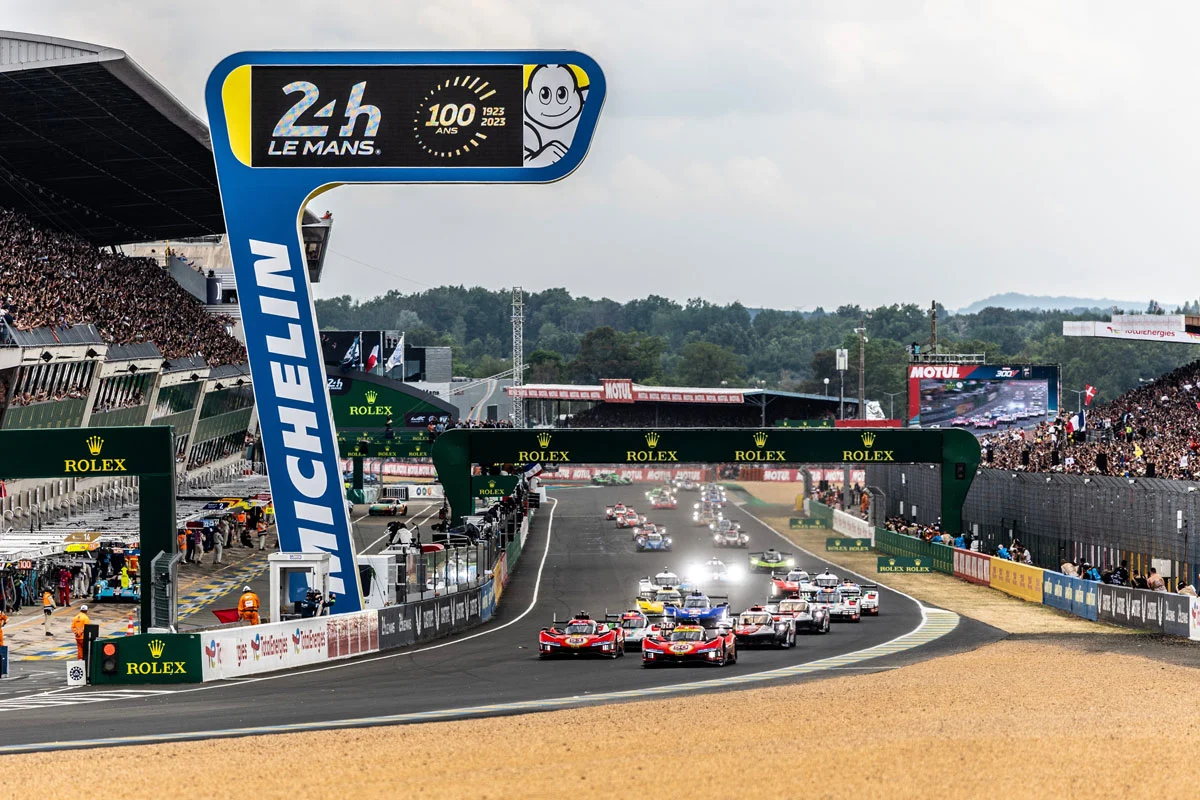
Le Mans Circuit de la Sarthe (France)
The Le Mans Circuit de la Sarthe, located in Le Mans, France, is synonymous with endurance racing, most notably as the venue for the 24 Hours of Le Mans, one of the most prestigious automobile races in the world. If you caught the 2019 blockbuster Ford vs. Ferrari you’ll recall that the adrenaline-fueled racing scenes happened mostly on this course where driver Ken Miles helped push the Ford team to victory and set a lap record in 1966. This legendary circuit combines permanent racing tracks and public roads, creating a challenging 13.626-kilometer lap that tests the limits of speed, reliability, and human endurance. The mix of long straights, such as the famous Mulsanne Straight, and demanding corners puts immense pressure on both drivers and their machines. The race’s unique format, running through day and night, adds to its mystique, requiring teams to balance speed with the durability of their vehicles. The Circuit de la Sarthe as it is currently raced was set in 2018, and its race lap record holder is a UK racer named Mike Conway, who completed the 8.467 mile lap in a time of 3:17.297. Winning at Le Mans is a coveted achievement, emblematic of automotive excellence and endurance, making it a cornerstone event in the motorsport calendar.
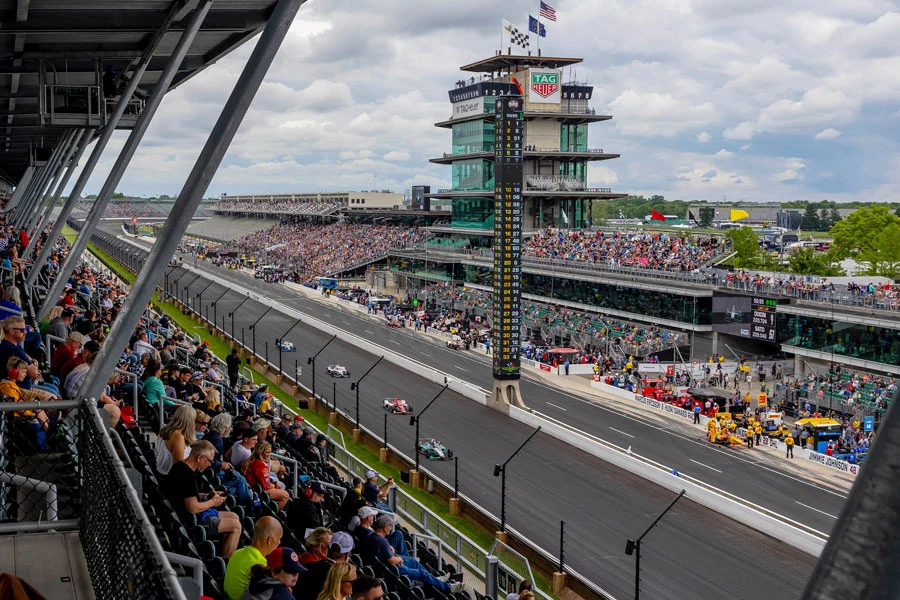
Indianapolis Motor Speedway (USA)
The Indianapolis Motor Speedway, located in Speedway, Indiana, is an iconic symbol of American motorsport, famed for hosting the Indianapolis 500, one of the most prestigious events in the world of racing. Opened in 1909, it is the highest-capacity sports venue in the world, known affectionately as “The Brickyard” due to its original paving with bricks, of which a yard of the original bricks remains at the start/finish line. This 2.5-mile oval circuit has a rich history of speed, innovation, and competition, challenging drivers with its four distinct turns and long straightaways. Its race lap record holder is Eddie Cheever who, in 1996, achieved a lap time of 38.119 seconds. The Indy 500, dubbed “The Greatest Spectacle in Racing,” draws hundreds of thousands of fans annually, showcasing the speed, skill, and daring of the world’s best drivers. The Indianapolis Motor Speedway is not just a racetrack; it’s a revered ground that epitomizes the spirit of American auto racing.
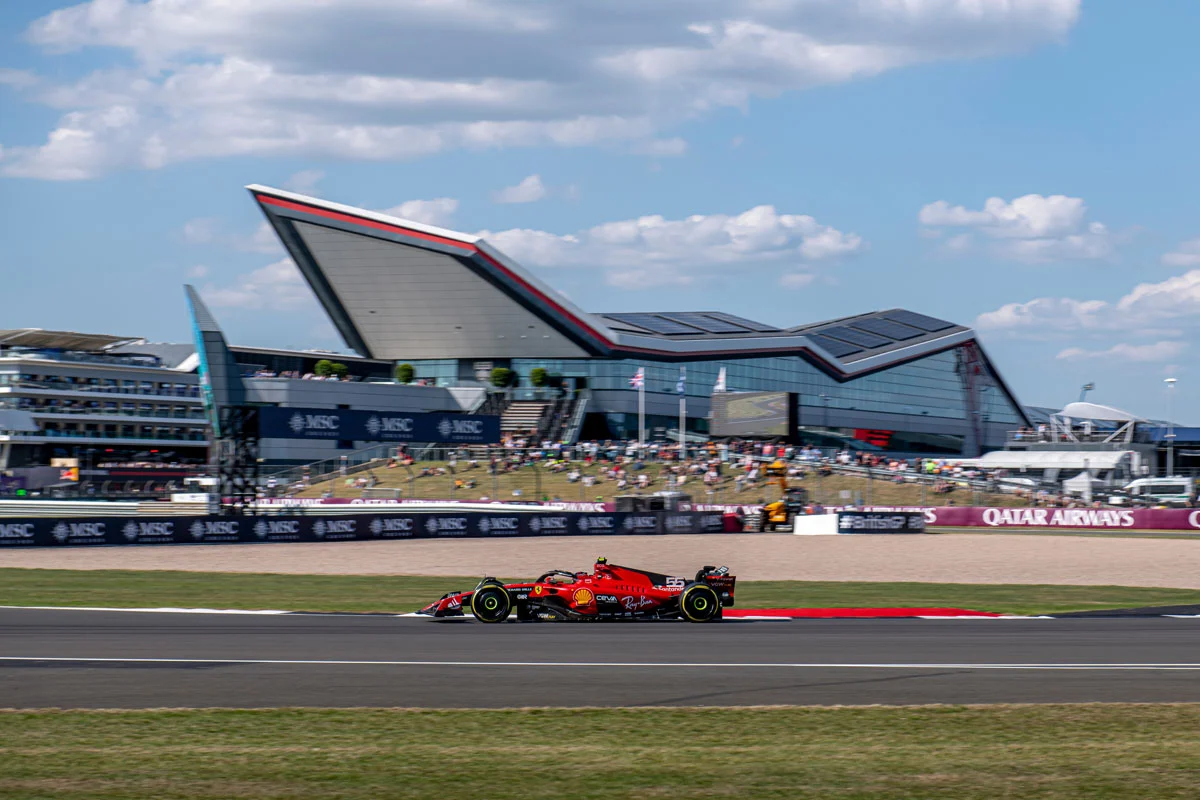
Silverstone Circuit (UK)
Silverstone Circuit, nestled in the heart of the United Kingdom, is a cornerstone of global motorsport history and a bastion of British racing heritage. Renowned for hosting the British Grand Prix, Silverstone’s blend of high-speed corners, technical sections, and historic significance make it a favorite among drivers and fans alike. Originally an aerodrome, the circuit was transformed into a race track in 1948, evolving over the decades into a modern racing arena while retaining its character and challenging nature. The track’s layout, including the iconic corners of Copse, Maggots, and Becketts, tests the limits of car performance and driver skill, encapsulating the essence of Formula One and motorcycle racing. Silverstone’s atmosphere during race weekends is electric, embodying the passion and love for motorsport that is deeply ingrained in British culture.
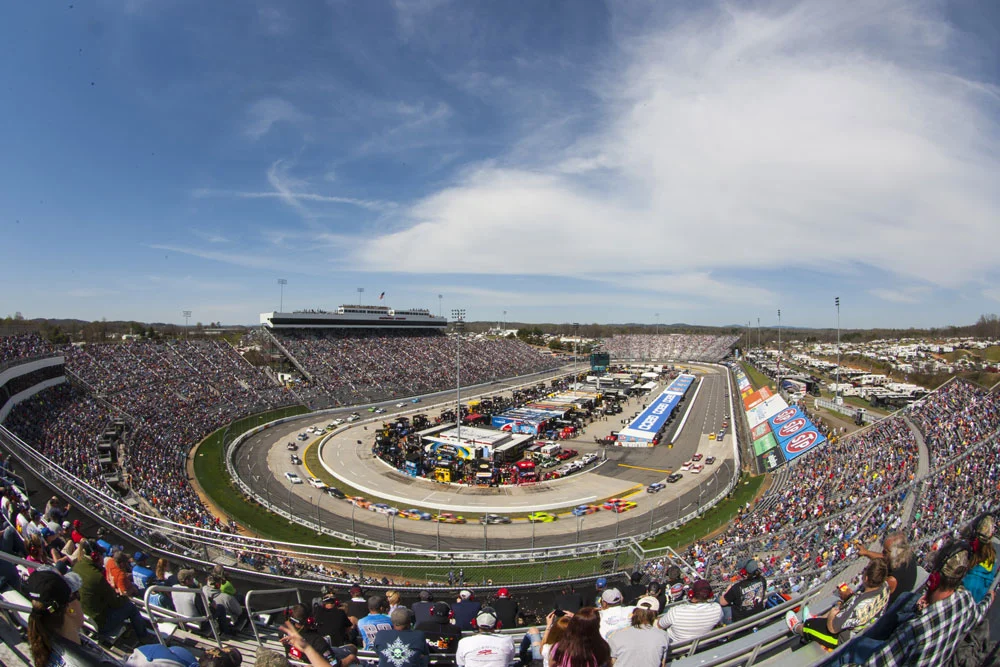
Martinsville Speedway (USA)
Martinsville Speedway, located in Martinsville, Virginia, stands as the epitome of classic NASCAR racing. Known as the shortest track on the NASCAR Cup Series circuit at just 0.526 miles, its unique paperclip shape and tight corners demand precision and strategy over sheer speed. Since its inception in 1947, Martinsville has been a cornerstone of NASCAR, offering a throwback to the days of bumper-to-bumper, door-handle-to-door-handle racing. The track is notorious for its physicality, where brakes are tested to their limits and tempers often flare, leading to intense on-track battles. The Speedway is also famous for its distinctive grandfather clock trophy, a coveted prize that symbolizes victory at one of racing’s most challenging venues. Martinsville Speedway’s rich history and enduring character make it a beloved fixture in the motorsport community, embodying the heart and soul of stock car racing.
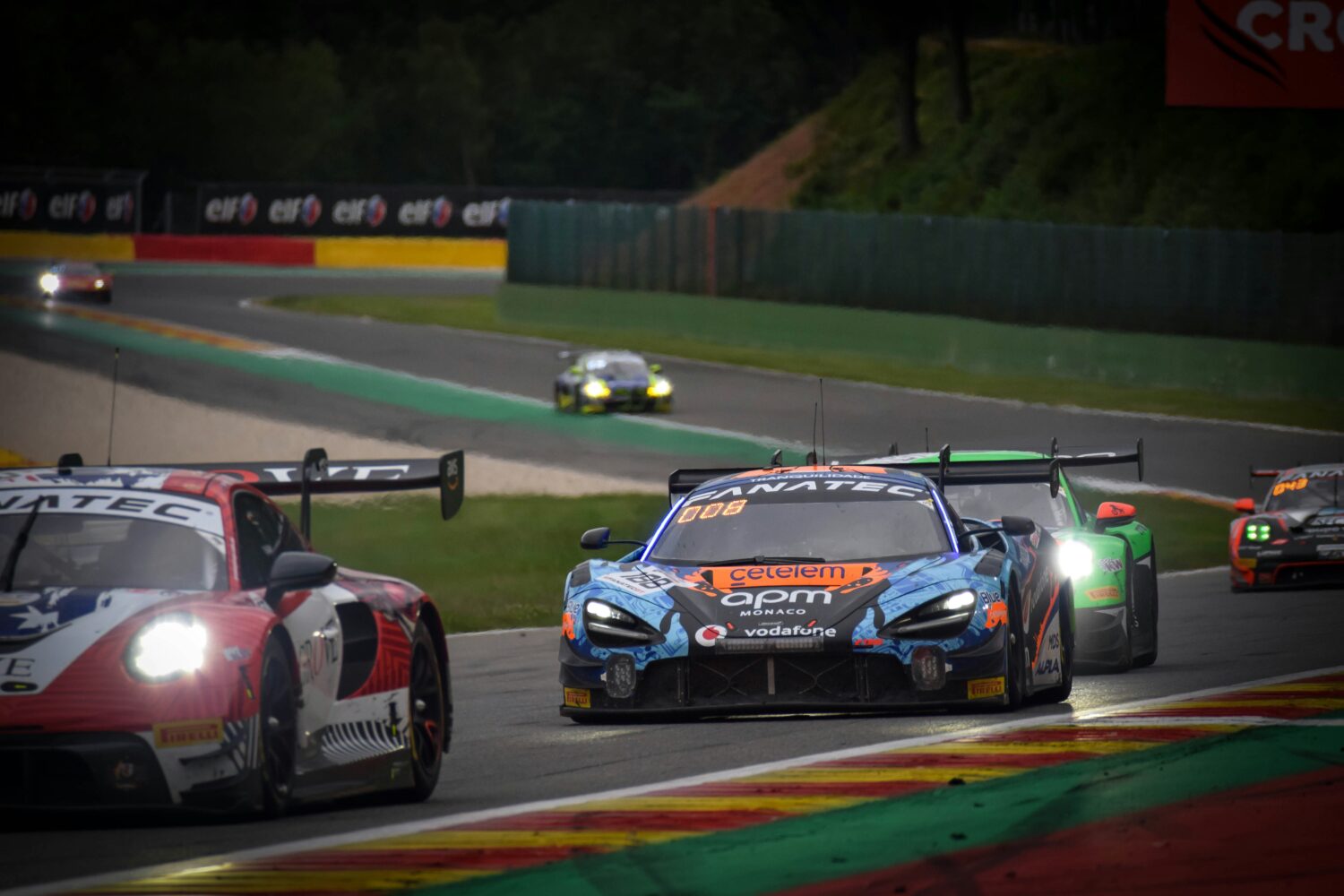
Spa-Francorchamps (Belgium)
Spa-Francorchamps, set in the scenic Ardennes countryside of Belgium, is one of the most revered circuits in motorsport, celebrated for its challenging layout and breathtaking speed. Known for the iconic Eau Rouge and Raidillon complex, a sequence of corners demanding unparalleled bravery and skill, the track stretches over 7 kilometers, making it one of the longest in the Formula One calendar. The Grand Prix Circuit was set in 2007 and has remained the same. Its race lap record holder Finnish driver Valtteri Bottas, who in 2018 completed a 1:46.286 lap in his Mercedes W09. Its mix of high-speed sections, sharp turns, and dramatic elevation changes not only test the limits of drivers but also offer some of the most thrilling racing in the sport. Spa is synonymous with unpredictable weather, adding another layer of complexity to its already demanding nature. The circuit’s rich history, dating back to the 1920s, and its reputation for producing spectacular racing moments, ensure its place in the heart of racing enthusiasts worldwide. Spa-Francorchamps is not just a circuit; it’s a rite of passage for motorsport’s finest.
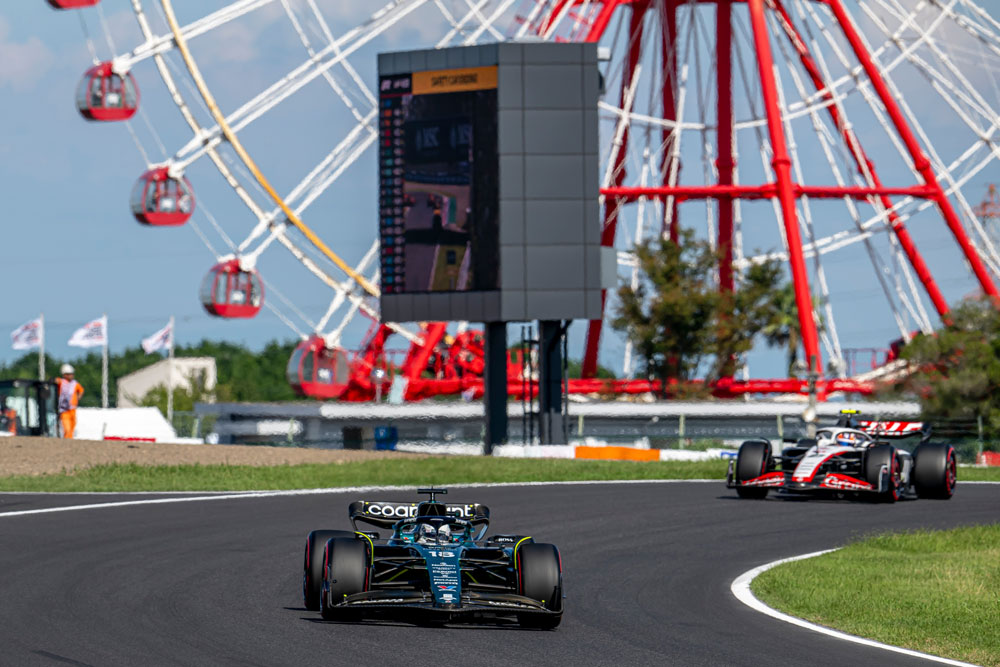
Suzuka Circuit (Japan)
Suzuka Circuit, located in Suzuka City, Mie Prefecture, Japan, stands as a pinnacle of motorsport engineering and design, revered by drivers and fans alike for its technical complexity and dynamic layout. Unique among the world’s leading racing circuits for its figure-eight configuration, Suzuka presents a blend of high-speed straights, tight chicanes, and challenging corners, including the famous “Spoon Curve” and “130R,” which test the limits of driver skill and vehicle performance. Since its inception in 1962, Suzuka has hosted numerous prestigious events, notably the Formula One Japanese Grand Prix, becoming a favorite for its ability to produce dramatic and memorable races. Although it’s common for racecourses in the Formula One world to frequently make alterations, the Suzuka Circuit’s Grand Prix lap has remained the same since 2009. The record holder for a race lap here is Lewis Hamilton, who also holds a lap record at Circuit de Monaco. He set his 1:30.983 record time in 2019 driving a Mercedes W10. This track’s rich history, coupled with the physical and mental challenge it poses to competitors, cements Suzuka’s status as a symbol of racing excellence in the international motorsport community.
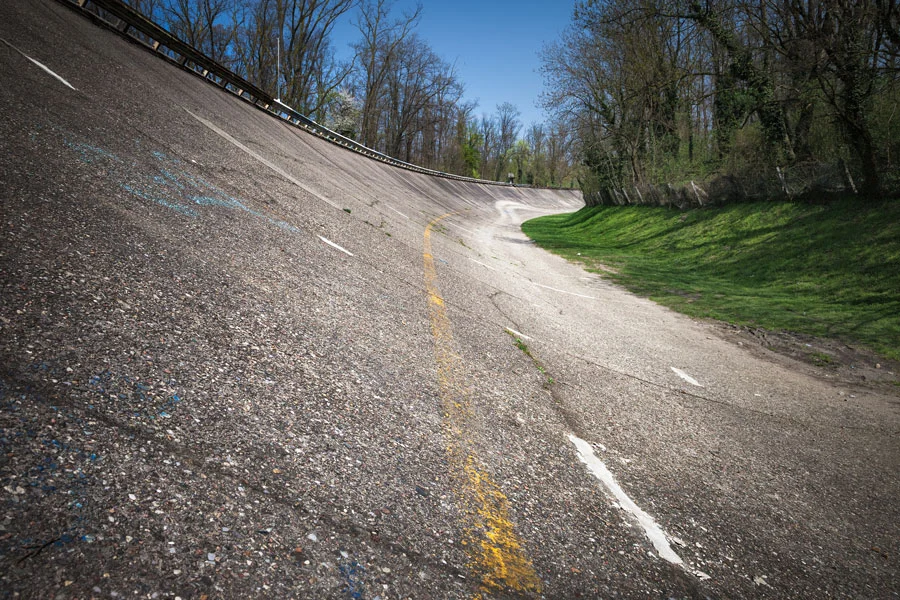
Monza Circuit (Italy)
The Monza Circuit, nestled in the royal park of Monza just north of Milan, Italy, is one of the oldest and most iconic tracks in the world of motorsport. Known as the “Temple of Speed,” it is famed for its long straights and fast corners, making it one of the fastest circuits in the Formula One calendar. Since its opening in 1922, Monza has been the scene of countless historic moments, embodying the spirit of Italian racing passion. The circuit’s layout, including the infamous Parabolica and high-speed Lesmo corners, challenges drivers and machines alike, pushing them to their limits. The Grand Prix Circuit as Monza has been the same since 2000, allowing a longer time than many other courses on this list for drivers to vie for the record race lap time. In 20 years no one has yet managed to overcome the 1:21.046 lap time set by Brazilian driver Rubens Barrichello in his Ferrari F2004, which bears the name of the racing year it was in use. Monza’s unique blend of speed, history, and atmosphere creates an electrifying experience for teams and spectators, solidifying its status as a cathedral of speed in the racing world.
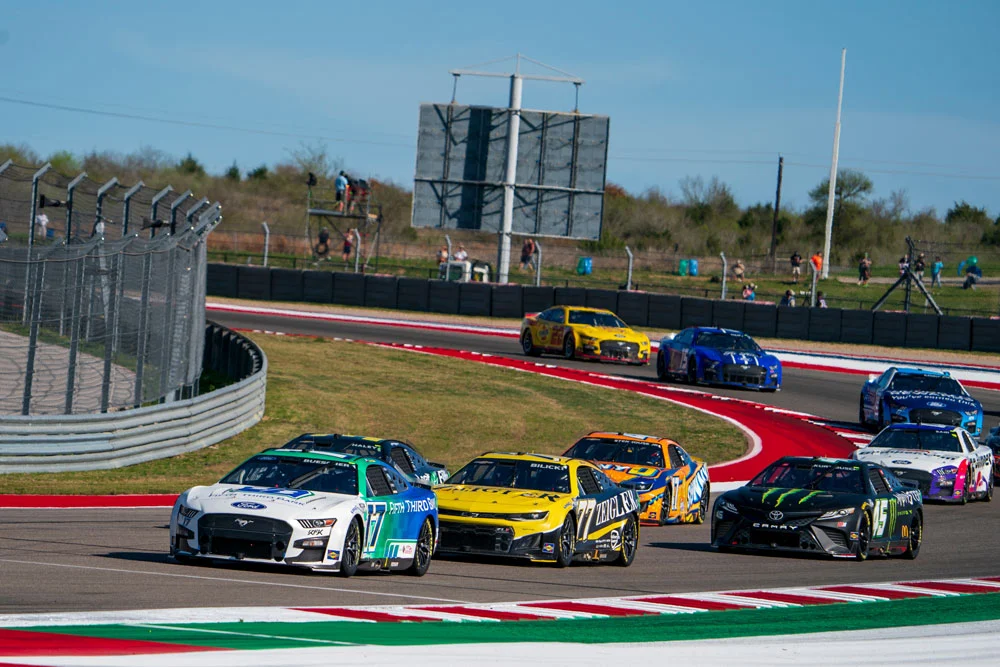
Circuit of the Americas (USA)
The Circuit of the Americas (COTA), located in Austin, Texas, is a modern marvel of motorsport engineering, celebrated for bringing Formula One back to the United States in 2012 after a five-year hiatus. Designed by renowned track architect Hermann Tilke, COTA is a masterclass in circuit design, featuring a 5.513-kilometer track that boasts 20 challenging turns inspired by the world’s most famous racing corners, and a significant elevation change on the uphill run into the first corner. This layout tests drivers’ precision and adaptability. The circuit not only hosts the United States Grand Prix but has also become a versatile venue for a wide range of racing series, including MotoGP and IndyCar, showcasing its adaptability and appeal. COTA’s state-of-the-art facilities and the iconic observation tower offer fans a spectacular view of the racing action, making it a cornerstone of American motorsport culture.
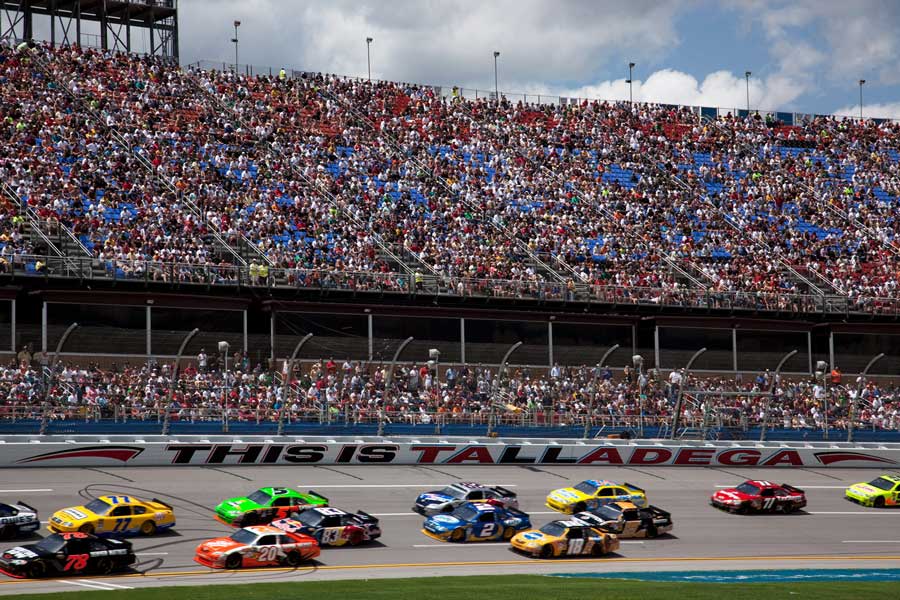
Talladega Superspeedway (USA)
Talladega Superspeedway, nestled in the heart of Alabama, is a colossus in the world of NASCAR, renowned for its sheer size, speed, and the intensity of competition it fosters. Opened in 1969, it is the longest NASCAR oval, stretching over 2.66 miles, with banking that towers at 33 degrees, facilitating some of the fastest and most exhilarating pack racing seen anywhere in motorsports. The track’s vast expanse and unique layout are conducive to high-speed drafting, leading to frequent lead changes and photo finishes, making it a fan favorite. Talladega is synonymous with unpredictability; its races are often marked by the infamous “Big One”—a massive multi-car wreck that can change the course of the race in an instant. This blend of speed, drama, and uncertainty cements Talladega Superspeedway’s reputation as a place where history is made and racing legends are forged.


